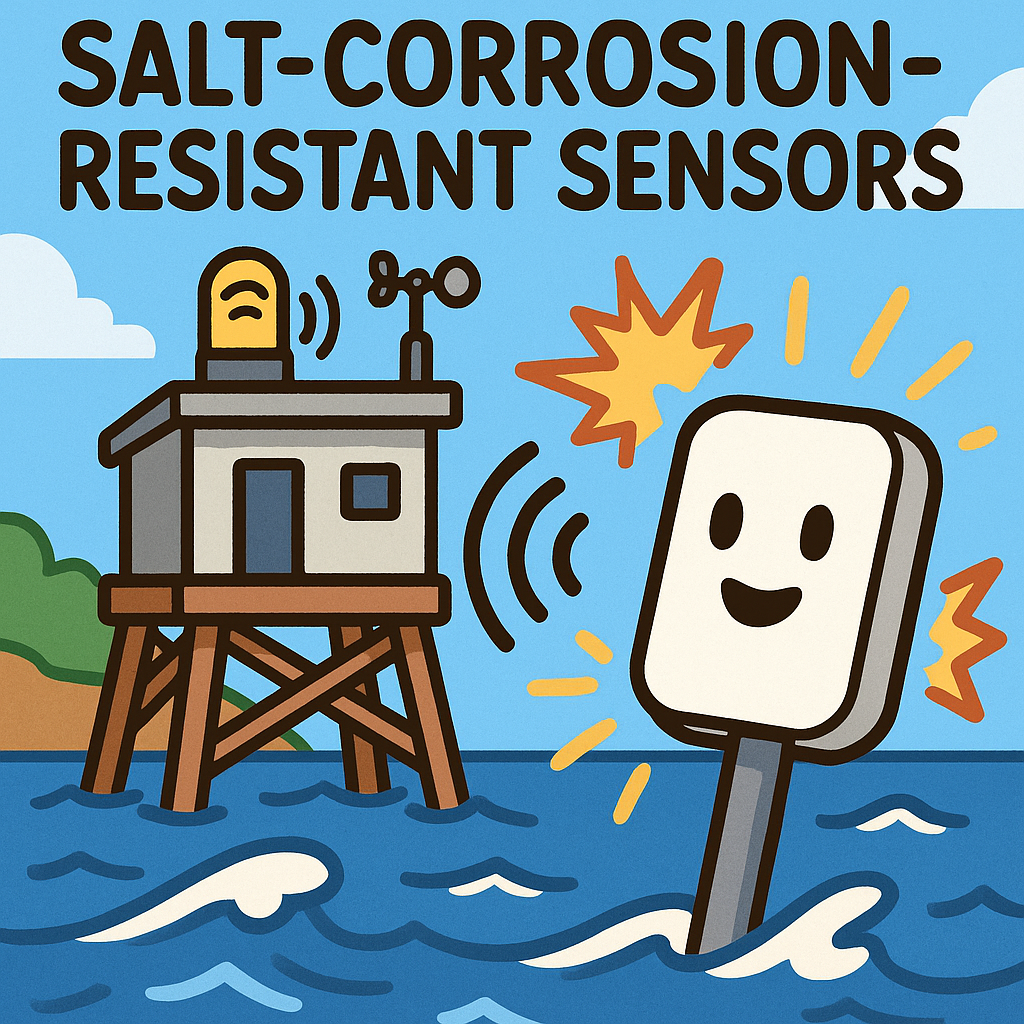Understanding the Coastal Environment: The Need for Robust Sensors
Coastal regions, while beautiful and vital for biodiversity, present unique challenges for environmental monitoring due to their harsh salt-corrosive environments. For engineers developing embedded sensors, these conditions necessitate a comprehensive understanding of materials, firmware, and algorithms that can withstand prolonged exposure to saltwater and humidity.
Designing Hardware for Harsh Environments
When designing sensors for coastal environmental monitoring, selecting appropriate materials is paramount. Corrosion-resistant materials such as titanium or specialized coatings for circuit boards can significantly enhance a sensor’s longevity. For instance, using conformal coatings on PCBs can protect against moisture and salt intrusion. However, this comes with trade-offs; while these materials may be more durable, they are also more expensive and can complicate the manufacturing process.
Sensor Selection and Configuration
Choosing the right sensor is critical. For example, a common choice for monitoring salinity is an electrical conductivity sensor. However, these sensors can suffer from biofouling, where microorganisms grow on the sensor surface, affecting accuracy. To combat this, engineers often opt for sensors with self-cleaning features or periodic calibration algorithms in the firmware to ensure data integrity.
Firmware Development: The Heart of Sensor Functionality
The firmware that drives these sensors must be both robust and adaptable. It needs to handle the environmental extremes while ensuring reliable data capture. This includes implementing power management techniques, as sensors in remote locations often rely on battery power. Advanced sleep modes can be programmed to extend battery life, allowing the sensors to wake up periodically to take readings and then enter a low-power state.
Algorithm Optimization for Data Integrity
Data integrity is a significant concern when dealing with environmental sensors. Firmware must include algorithms that can filter out noise from the readings caused by environmental factors such as temperature fluctuations or electromagnetic interference. For instance, applying Kalman filters can smooth out sensor data, providing more accurate readings over time. However, this requires careful tuning of the filter parameters, which can be a challenge in the field.
Real-World Design Trade-offs
One of the most critical trade-offs in the design process is between accuracy and battery life. High-accuracy sensors often consume more power, while lower-power options might not provide the needed precision. For example, a high-resolution pressure sensor might offer better data for tide monitoring but at the expense of rapid battery depletion. Engineers often have to make strategic decisions, sometimes opting for a less precise sensor that can gather data over a longer period, which might be more beneficial for long-term monitoring projects.
Communication Protocols and Data Transmission
Another crucial aspect is the communication method used for data transmission. In coastal environments, Wi-Fi signals may be unreliable due to distance from access points or obstructions. Instead, engineers might choose low-power wide-area network (LPWAN) technologies like LoRaWAN. This not only reduces power consumption but also allows for transmission over longer distances without the need for frequent battery changes. However, this choice may limit data transmission rates, which engineers need to account for in their data collection schedules.
Challenges in Deployment and Maintenance
Deploying these sensors into the field is not without its challenges. Harsh weather conditions can delay installation, and once deployed, regular maintenance becomes vital. Engineers must design systems that allow for easy access to the devices for repairs and recalibration without requiring extensive downtime. Incorporating features like remote diagnostics can also play a significant role in maintaining sensor health without needing physical access.
Future Directions: Innovations on the Horizon
As technology evolves, the integration of machine learning algorithms into firmware could enhance data analysis and predictive capabilities. This would allow for smarter sensors that can adapt to changing environmental conditions and learn from previous data sets. Such innovations promise to push the boundaries of what coastal environmental monitoring can achieve, driving more informed decision-making in conservation and resource management.



